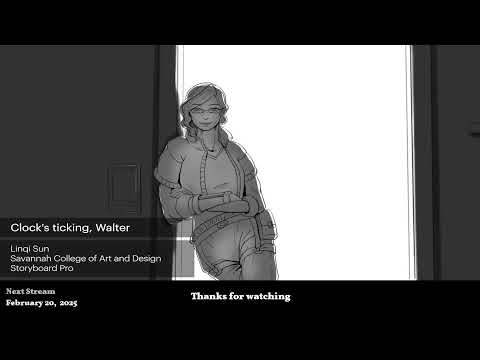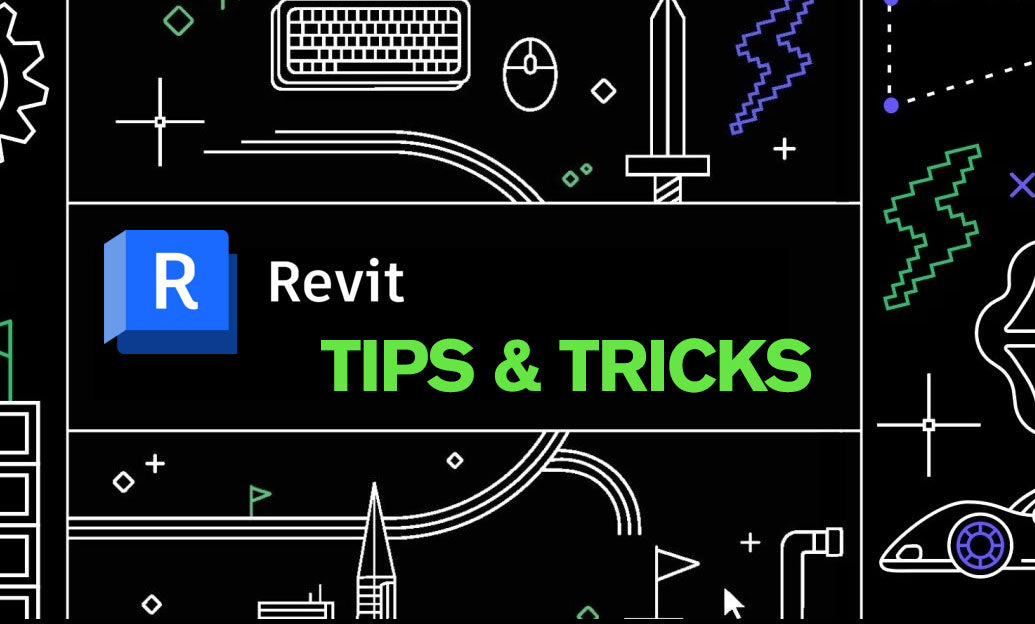Your Cart is Empty
Customer Testimonials
-
"Great customer service. The folks at Novedge were super helpful in navigating a somewhat complicated order including software upgrades and serial numbers in various stages of inactivity. They were friendly and helpful throughout the process.."
Ruben Ruckmark
"Quick & very helpful. We have been using Novedge for years and are very happy with their quick service when we need to make a purchase and excellent support resolving any issues."
Will Woodson
"Scott is the best. He reminds me about subscriptions dates, guides me in the correct direction for updates. He always responds promptly to me. He is literally the reason I continue to work with Novedge and will do so in the future."
Edward Mchugh
"Calvin Lok is “the man”. After my purchase of Sketchup 2021, he called me and provided step-by-step instructions to ease me through difficulties I was having with the setup of my new software."
Mike Borzage
V-Ray Tip: Maximizing V-Ray Render Efficiency with Optimal File Management and Compression Techniques
January 12, 2025 2 min read

Efficiently managing file formats and compression in V-Ray is crucial for optimizing your rendering workflow. Proper selection and handling of file types can lead to improved performance, reduced file sizes, and enhanced compatibility across different platforms. Here are essential tips to maximize your V-Ray projects:
-
Select Appropriate File Formats: V-Ray supports a variety of file formats, including OBJ, FBX, and its native
.vrsceneformat. Choosing the right format based on your project's requirements can enhance compatibility and streamline the rendering process.- OBJ: Ideal for static models with simple geometry.
- FBX: Suitable for animated models and complex scenes.
- .vrscene: Optimized for V-Ray, allowing for detailed scene descriptions and better performance.
-
Implement Compression Techniques: Compressing your assets can significantly reduce file sizes, making them easier to manage and quicker to load.
- ZIP or RAR: General-purpose compression formats suitable for archiving assets.
- V-Ray's Native Compression: Utilize V-Ray's built-in compression options to maintain quality while reducing file sizes.
- Use V-Ray Proxy for High-Poly Models: V-Ray Proxies allow you to handle high-polygon models efficiently by referencing external files instead of loading all geometry into the scene. This not only reduces memory usage but also speeds up rendering times.
-
Optimize Textures: Textures can consume significant disk space and memory. Use compressed texture formats like JPEG or PNG and consider lower resolutions where appropriate.
- Bitmap Optimization: V-Ray supports its own bitmap formats that are optimized for faster loading and better integration.
- Mipmapping: Implement mipmaps to improve texture performance at various scales.
-
Organize Scene Files: Maintaining a well-organized file structure for your
.vrsceneand other assets ensures ease of access and collaboration.- Asset Management: Use V-Ray’s scene assets manager to keep track of all dependencies and streamline the workflow.
- Version Control: Implement version control systems to manage changes and collaborate efficiently with team members.
- Batch Process File Conversions: When working with multiple assets, automate file conversions and compressions to save time and reduce manual workload. Tools and scripts available through platforms like NOVEDGE can facilitate this automation.
- Balance Quality and Compression: While compression reduces file sizes, it’s essential to balance this with quality to avoid degrading rendering fidelity. V-Ray offers adjustable compression levels to suit different project needs, ensuring that you maintain high-quality outputs without unnecessary file bloat.
By strategically selecting file formats and employing effective compression methods, you can enhance the efficiency and quality of your V-Ray renders. For more advanced techniques and tools to streamline your V-Ray workflow, visit NOVEDGE. Leveraging these resources will help you achieve optimal performance and superior rendering results.
```You can find all the V-Ray products on the NOVEDGE web site at this page.
Also in Design News

2D/3D Animation:Collaboratory with Mike Morris and Aaron Paetz
February 20, 2025 1 min read
Read More
ZBrush Tip: Enhancing Organic Sculpting Techniques in ZBrush: Key Tips and Resources
February 20, 2025 2 min read
Read More
Revit Tip: Mastering Revit's Edit Profile Tool for Customized Design Efficiency
February 20, 2025 2 min read
Read MoreSubscribe
Sign up to get the latest on sales, new releases and more …


